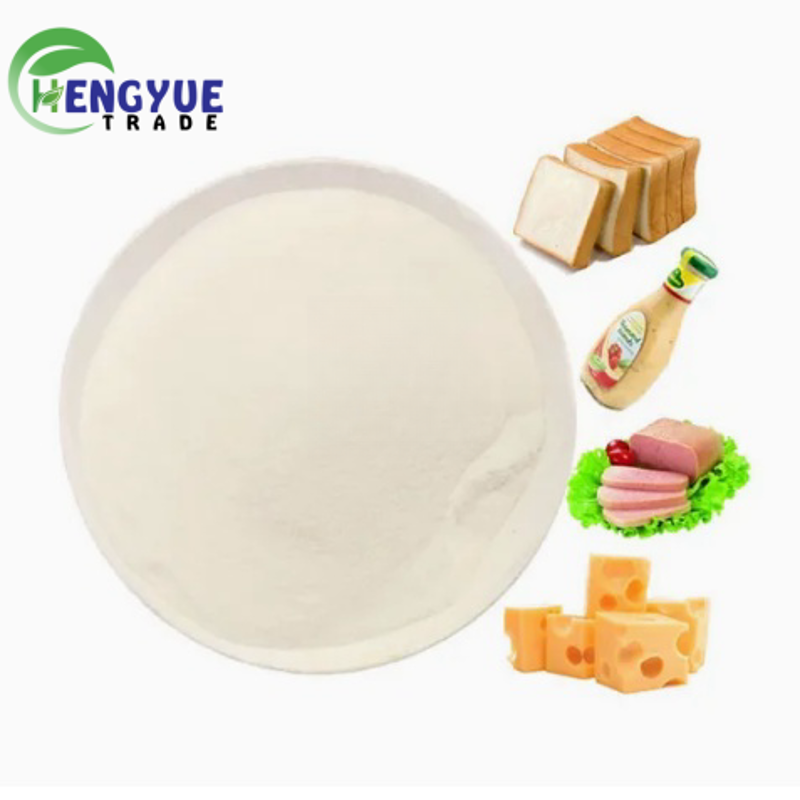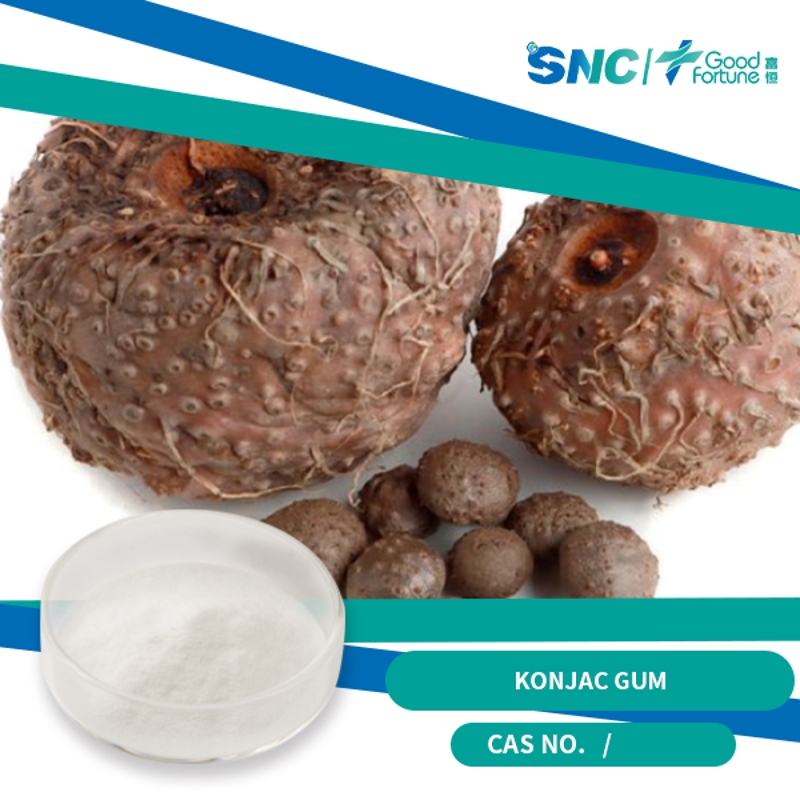Proportion of food thickener
-
Last Update: 2017-10-01
-
Source: Internet
-
Author: User
Search more information of high quality chemicals, good prices and reliable suppliers, visit
www.echemi.com
Introduction: Although our country allows for the use of food thickener in food, what is the proportion of food thickener? How to distinguish milk with thickener? Bai Bai safety net small edition gives us an answer Thickener is a kind of food additive, which is mainly used to improve and increase the viscosity of food, keep the color, fragrance, taste and stability of liquid food and jelly food, improve the physical properties of food, and make the food have a sense of lubrication and palatability Thickeners can enhance the viscosity of food or form gelatin, thereby changing the physical properties of food, giving food sticky, suitable taste, and emulsifying, stabilizing or suspending 39 kinds of thickeners currently approved by China are available Thickeners are hydrophilic polymer compounds, also known as hydrosol According to their sources, they can be divided into two categories: natural and chemical synthesis (including semi synthesis) Food thickener usually refers to the macromolecular substance that can dissolve in water and fully hydrate under certain conditions to form a viscous and greasy solution, also known as food glue The commonly used thickeners are gelatin, sodium caseinate, Arabic gum, tamarind polysaccharide gum, sesbania gum, agar, sodium alginate (sodium alginate, alginate), carrageenan, pectin, xanthan gum, β - cyclodextrin, sodium carboxymethylcellulose (CMC Na), sodium starch phosphate (sodium starch phosphate), sodium carboxymethyl starch, hydroxypropyl starch and propyl alginate (PGA) What is the proportion of food thickener? The small edition of Baibai safety net tells us that in different foods, the dosage standard of food thickener is different, so we need to analyze the specific problems For example, in the meat products, meat filling products, frozen meat and other foods, the amount of gelatin is 2% - 9%; in the production of fruit juice soft candy, the amount of gelatin is 2%; in the production of toffee, the amount of gelatin is 0.4% - 1.5%; in the production of ice cream, the amount of gelatin is 0.1% The amount of sodium carboxymethylcellulose used in beverage production is generally 0.1% - 0.5% The general dosage of alginate is 0.1% - 0.5% We can't add food thickener to milk How can we tell if milk is thickened? First of all, it depends on whether the milk is very thick, and whether there will be fat floating after the milk is placed for a period of time If the milk is still thick, it may be thickener added If we don't believe it, we can also use food safety detector Testing Food safety is a very concerned issue for every one of us We need to know more about food safety so that we can know more about food and master more about food safety Editor in charge: he xianrob
This article is an English version of an article which is originally in the Chinese language on echemi.com and is provided for information purposes only.
This website makes no representation or warranty of any kind, either expressed or implied, as to the accuracy, completeness ownership or reliability of
the article or any translations thereof. If you have any concerns or complaints relating to the article, please send an email, providing a detailed
description of the concern or complaint, to
service@echemi.com. A staff member will contact you within 5 working days. Once verified, infringing content
will be removed immediately.







